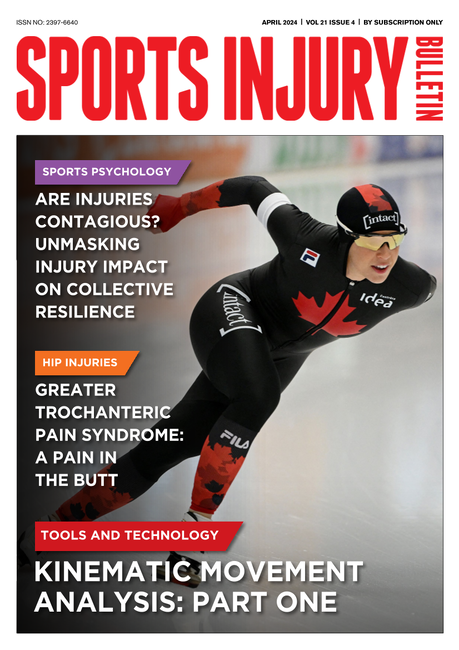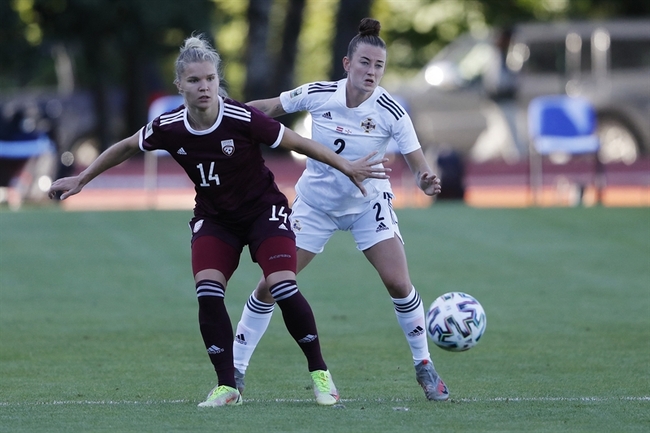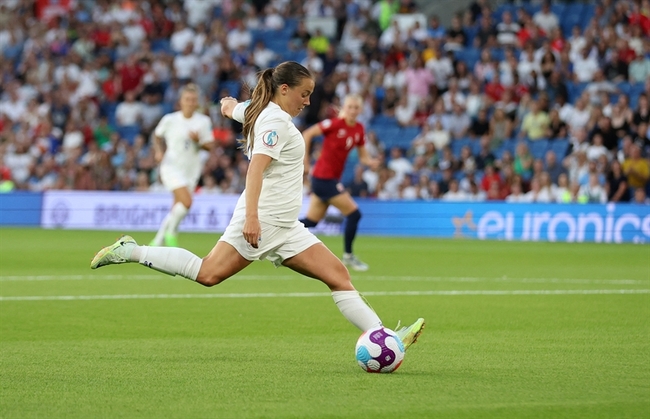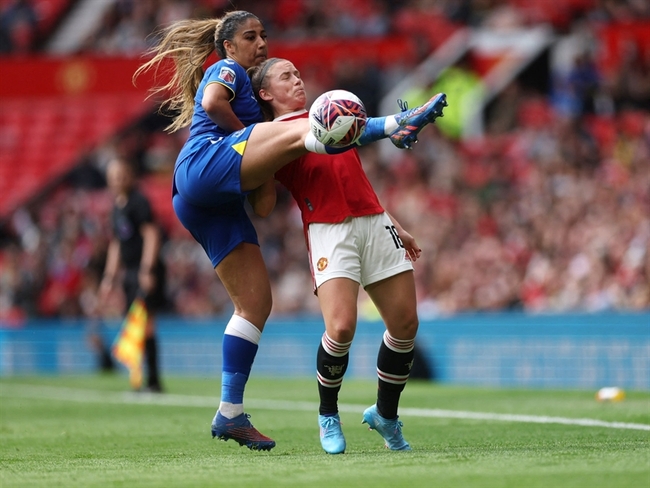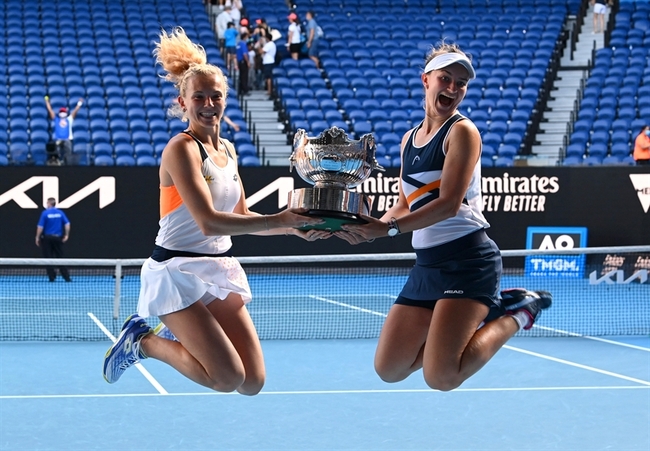Winning at all costs: mind over matter
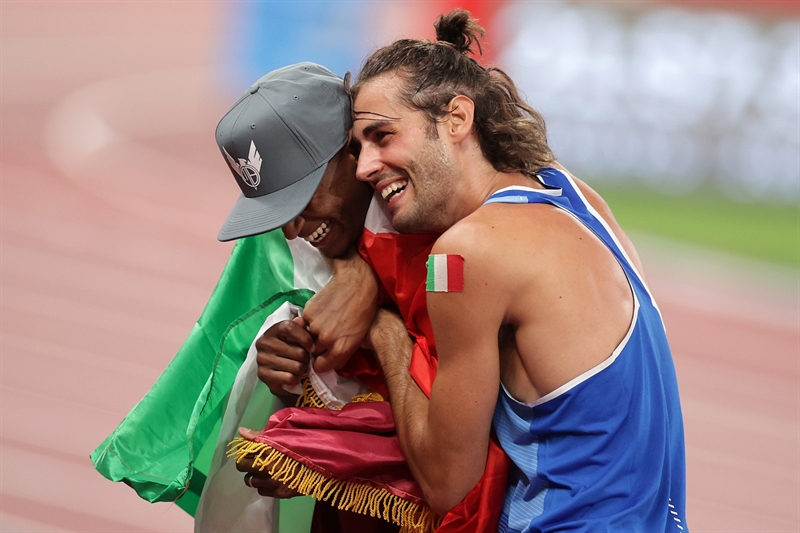
Mental health continues to gather the attention it deserves. The travel and sporting event restrictions, e.g., participation bubbles, place athletes and support personnel in unprecedented situations. In addition, the social disconnect places strain on the relationships that are paramount for mental health, and thus performance.
Emotion fogs the nuance around performance. As athletes fight for glory, observers simplify the narrative of winning and losing. Instead, it is a complex interplay of physical and psychological capabilities. The outpouring of emotion on and off the podium is indicative of that. The pressure to perform creates an expectation that athletes are gladiators at the mercy of the crowd. Instead, they are humans with upsets and triumphs no different from our own. As athletes withdraw from events citing mental health reasons, the audience’s feeling should be compassion—empathy towards the person, not the performer.
As medical practitioners, we witness the lows of injury and are privileged to develop intimate relationships with our athletes. Challenging situations foster unity, and along with injury management, we provide athletes with psychological and emotional support.
Find out how you can maintain an athlete’s mental wellbeing, focus, and motivation during this unprecedented time by reading Trevor Langford's article at Sports Injury Bulletin.
We have entered a period when the support teams will become increasingly crucial in athletic success. This success may come in the form of medals and championships, but more importantly, a sense of achievement and a spirit of togetherness.
You need to be logged in to continue reading.
Please register for limited access or take a 30-day risk-free trial of Sports Injury Bulletin to experience the full benefits of a subscription. TAKE A RISK-FREE TRIAL
TAKE A RISK-FREE TRIAL
Newsletter Sign Up
Subscriber Testimonials
Dr. Alexandra Fandetti-Robin, Back & Body Chiropractic
Elspeth Cowell MSCh DpodM SRCh HCPC reg
William Hunter, Nuffield Health
Newsletter Sign Up
Coaches Testimonials
Dr. Alexandra Fandetti-Robin, Back & Body Chiropractic
Elspeth Cowell MSCh DpodM SRCh HCPC reg
William Hunter, Nuffield Health
Be at the leading edge of sports injury management
Our international team of qualified experts (see above) spend hours poring over scores of technical journals and medical papers that even the most interested professionals don't have time to read.
For 17 years, we've helped hard-working physiotherapists and sports professionals like you, overwhelmed by the vast amount of new research, bring science to their treatment. Sports Injury Bulletin is the ideal resource for practitioners too busy to cull through all the monthly journals to find meaningful and applicable studies.
*includes 3 coaching manuals
Get Inspired
All the latest techniques and approaches
Sports Injury Bulletin brings together a worldwide panel of experts – including physiotherapists, doctors, researchers and sports scientists. Together we deliver everything you need to help your clients avoid – or recover as quickly as possible from – injuries.
We strip away the scientific jargon and deliver you easy-to-follow training exercises, nutrition tips, psychological strategies and recovery programmes and exercises in plain English.


